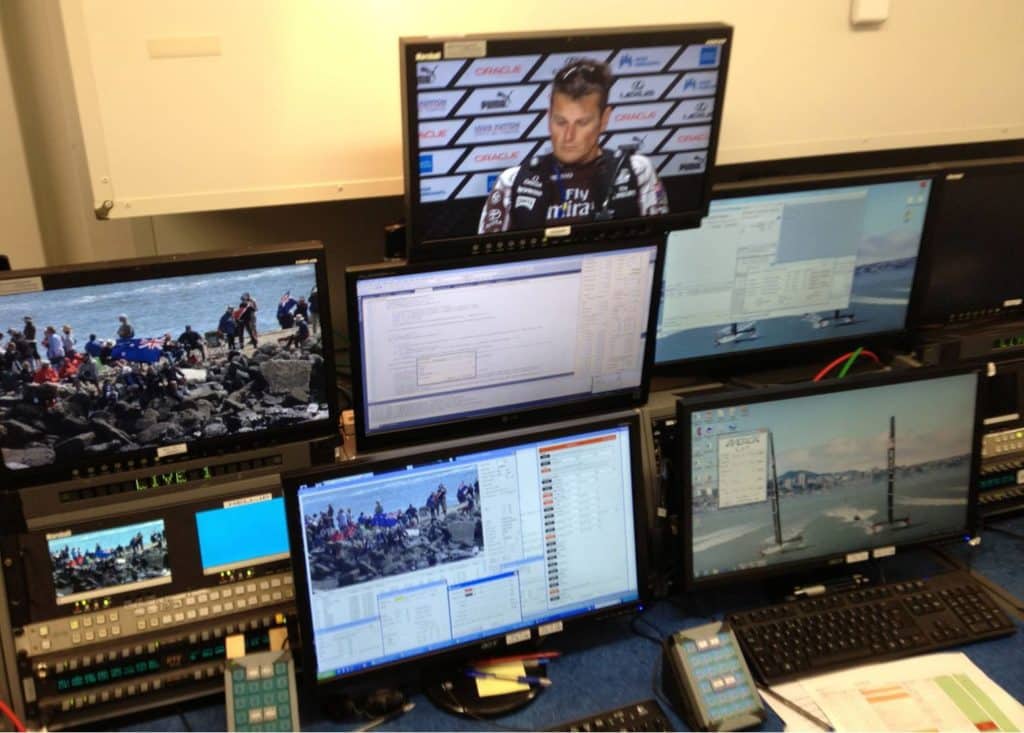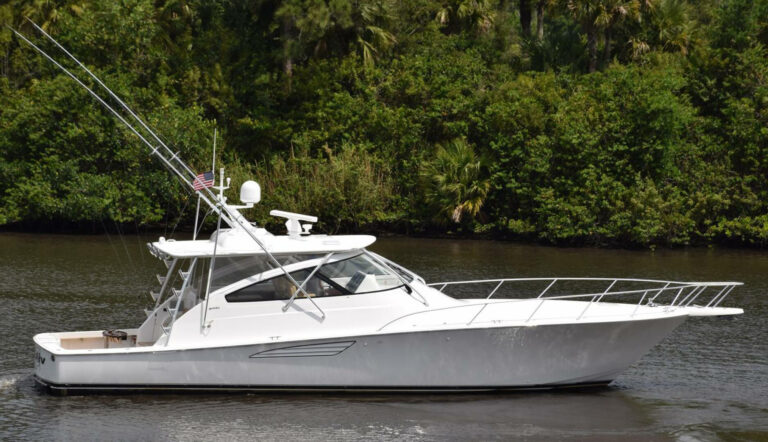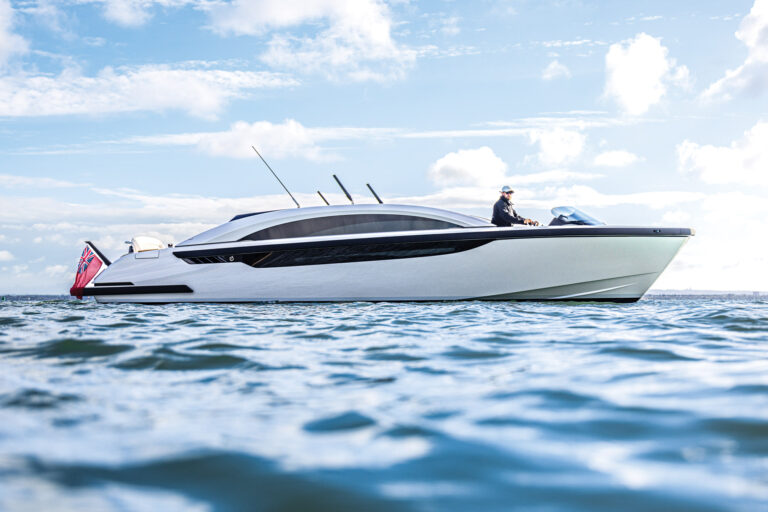
America’s Cup 34 television technology
If you’ve watched the broadcast footage from the 34th America’s Cup, you’ve witnessed the augmented-reality wizardry that’s been employed to make this event more intelligible to TV audiences. This includes virtual lay lines, virtual boundaries, tide overlays and dirty-air graphics, all of which are broadcast firsts that were unveiled for the now-concluded America’s Cup World Series and AC34 itself. Much like the virtual lines that are used in professional football, baseball and hockey, these graphics aren’t simple to create, especially in the ultra-dynamic environment of a sailboat race where the competitors are traveling at speeds approaching 50 knots.
This unprecedented visual experience is the brainchild of Stan Honey, the same wizard who created virtual graphics for mainstream sports. Honey, the technology director for the America’s Cup Event Authority (ACEA), is no mere TV talent but also a world-class navigator who has won the Volvo Ocean Race and the Jules Verne Trophy. He is one of the brightest minds afloat when it comes to broadcast technology.
I was fortunate to be invited to join Vesper Marine—the New Zealand-based AIS (Automatic Identification System) manufacturer that supplies the AIS beacons that the ACEA is using to create Virtual Aides to Navigation (VAtoNs; see Yachting, April 2013)—today for a tour of the state-of-the-art nerve center that Honey and his team created at the outboard end of Pier 23 to facilitate AC34 broadcast services, and to mark and monitor the racecourse. Here, we gawked at the banks of computer monitors, multiplex switchboards, AIS feeds and graphical elements that are overlaid onto the video footage to create the broadcast product.
Unlike sports that take place on a static playing field, AC34 plays out on a large swath of water and features speeds that are typically reserved for motor sports. In order to create a user-friendly TV experience, Honey and his 80-plus strong team first have to determine the exact position of all variables (boats, course boundaries, marks), which they accomplish via an exotic blend of technologies including AIS, GPS, telemetry feeds and video from helicopters.
Each AC72 is kitted-out with a number of cameras as well as a purpose-built, carbon-fiber media module (fitted on the aft crossbeam) that’s equipped with position and communication equipment. Overhead helicopters provide a video feed of the racecourse (consider this the base-map layer), and each yacht’s media module instantly relays the boat’s position (accurate to within 2 centimeters) and real-time video feeds. Then, augmented-reality layers can be added to this imagery, and the broadcast feed is delivered to viewers worldwide. According to the ACEA staff, there is roughly a one-second delay from the time that action unfolds on the racecourse to the time that it appears in their nerve center; five to 10 seconds later, this feed appears on your TV or computer monitor.
Given the borderline science-fiction speeds that AC72s fly at, as well as the enforced virtual course boundaries, tacticians can’t rely on their eyeballs to play their brand of real-time chess. Instead, Honey and Vesper Marine created a network of 18 VAtoNs (using AIS beacons), which enable tacticians and all nearby AIS-equipped yachts to know exactly where the boundaries are, even from miles away. But VAtoN technology isn’t limited to yachts that sail at 45 knots; the marks that govern the Superyacht Regatta at the America’s Cup are also equipped with AIS beacons, allowing those tacticians to enjoy this same level of information. More important, it also allows Honey and the Race Committee to edit mark positions due to wind shifts, all in real time.
So will your yacht club’s Race Committee be employing VAtoNs? That depends. The U.S. Coast Guard granted Honey and the ACEA a special permit to broadcast these VAtoNs, but it will likely be some time before this technology goes mainstream … if that ever happens.
AC34 racing resumes tomorrow. Stay tuned to this space for more racecourse news as it unfurls.








